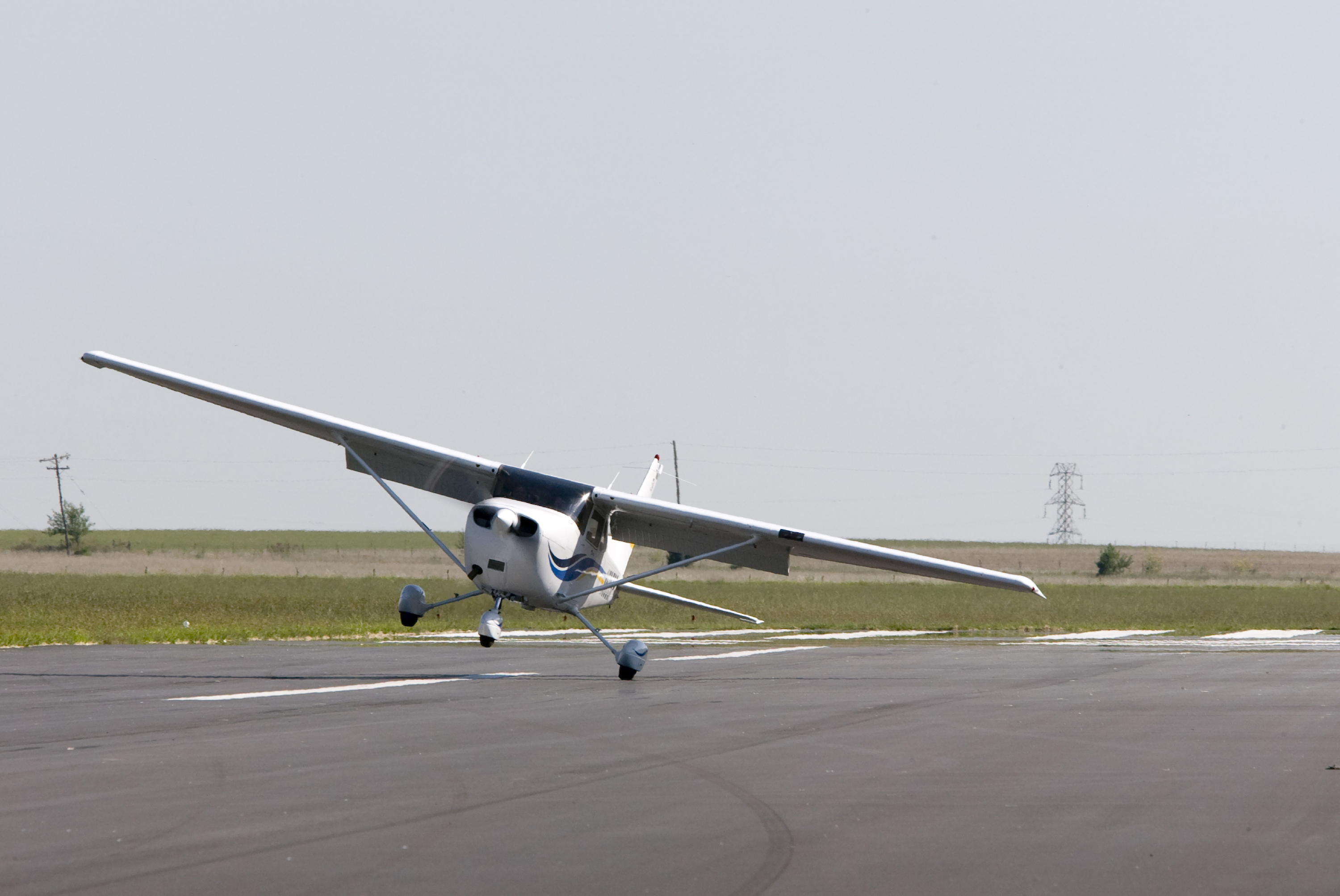Training Tip: The Rusty student
An oxidized spot on a shiny iron surface is not just unsightly, but will spread if not given prompt attention. That’s why “rusty” is an appropriate term for the condition a pilot may slip into during a prolonged absence from the cockpit.

Just as the rust-producing reaction of iron with oxygen and water can be reversed with special care, corroded pilot skills can bounce back quickly with the right treatment. AOPA’s successful Rusty Pilots program has helped many lapsed pilots get back in the air and expand their aviation social network—an important component of many pilots’ aviation experience, according to surveys.
For students learning new concepts and putting them into practice, with each flight lesson building on the one before, steady progress is the magic formula.
Take a skill like learning how to land. Acquiring the know-how to glide across the threshold in stabilized flight, round out in ground effect and smoothly rotate to the landing attitude while managing descent rate and airspeed for touchdown just at VSO (discussed on page 8-9 of the Pilot's Handbook of Aeronautical Knowledge) is intimately associated with three elements: practice, practice, and more practice. When moving along to crosswind landings, there’s nothing like regular exposure to a variety of wind speeds and crosswind components to instill and develop this critical skill.
A minimum number of flight hours is required for a private pilot certificate, but as you may know, most students exceed that number—partly for recovering progress lost to interruptions or erratic scheduling, a problem that also can affect your instructor’s availability.
Locking in a regular flight-lesson routine is the best way to head off such adversities, and there are other ways to rustproof your program.
For example, “showing up” for scheduled flights is only part of the winning strategy. Instructors confirm that the student who shows up prepared, briefed, and ready to get to work will shine!
“All the instructors who weighed in on their successful students mentioned that they do work at home between lessons,” AOPA reported in the article, “Nine habits of successful students.” Check out their advice about how to maximize your training while minimizing the time it will take you to reach your aviation goals.

